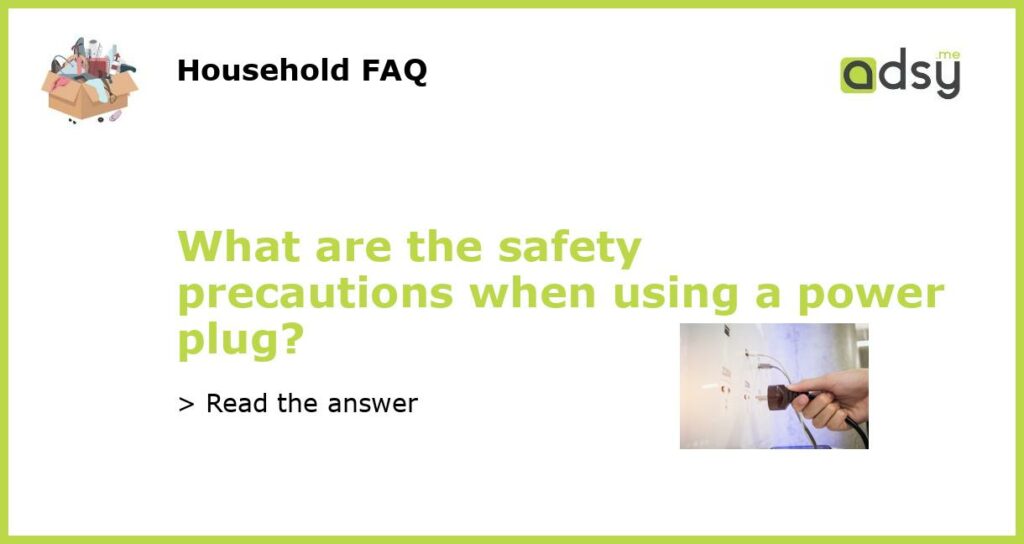Choose the right plug for your device
When it comes to using a power plug, the first and most important safety precaution is to choose the right plug for your device. Different devices have different power requirements, and using the wrong plug can lead to damage or even electrical hazards. Make sure to check the voltage and wattage requirements of your device and select a plug that is compatible.
Inspect the plug for any damage
Before plugging in your device, always inspect the power plug for any signs of damage. Look for frayed or exposed wires, cracked casing, or any other visible signs of wear and tear. If you notice any damage, do not plug in the device and consider replacing the plug. Using a damaged plug can pose a serious safety risk and increase the chances of electrical accidents.
Insert the plug fully into the socket
One common mistake people make when using power plugs is not inserting them fully into the socket. It is essential to push the plug all the way in until you hear a click or feel it securely in place. This ensures a proper connection and minimizes the risk of sparks or loose connections, which can lead to electrical fires or electrocution.
Unplug the device when not in use
To further enhance safety, it is advisable to unplug your devices when they are not in use. This not only reduces the risk of potential electrical hazards but also helps save energy. Leaving devices plugged in unnecessarily can increase the chances of accidents, especially if there are children or pets around who may tamper with the cords or plugs.
Use surge protectors
Investing in surge protectors is an excellent way to protect your devices and prevent electrical damage. Surge protectors are designed to safeguard against power surges, which can be caused by lightning strikes or sudden voltage fluctuations. These devices can absorb excess voltage and divert it away from your devices, preventing potential damage or malfunctions.






